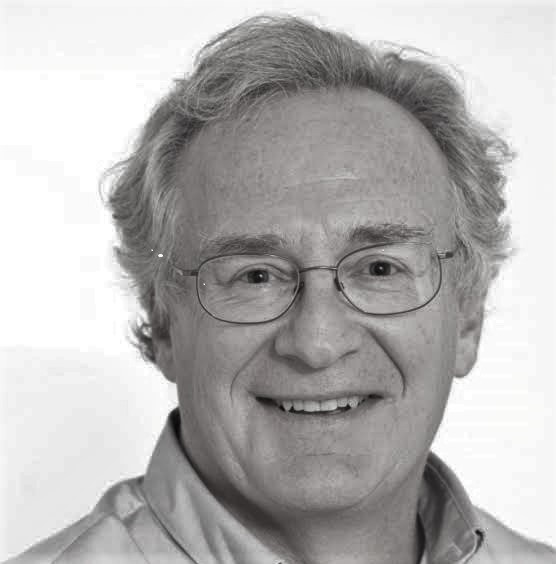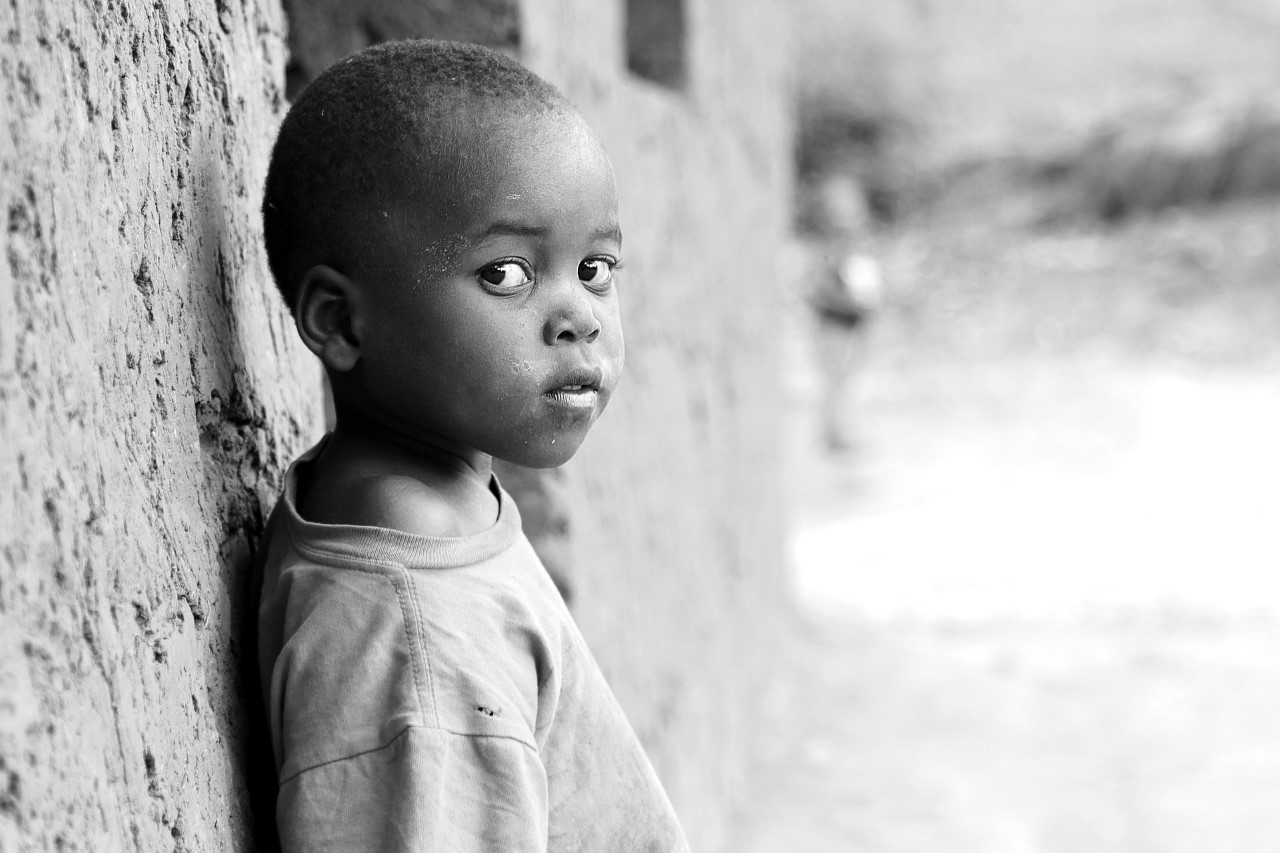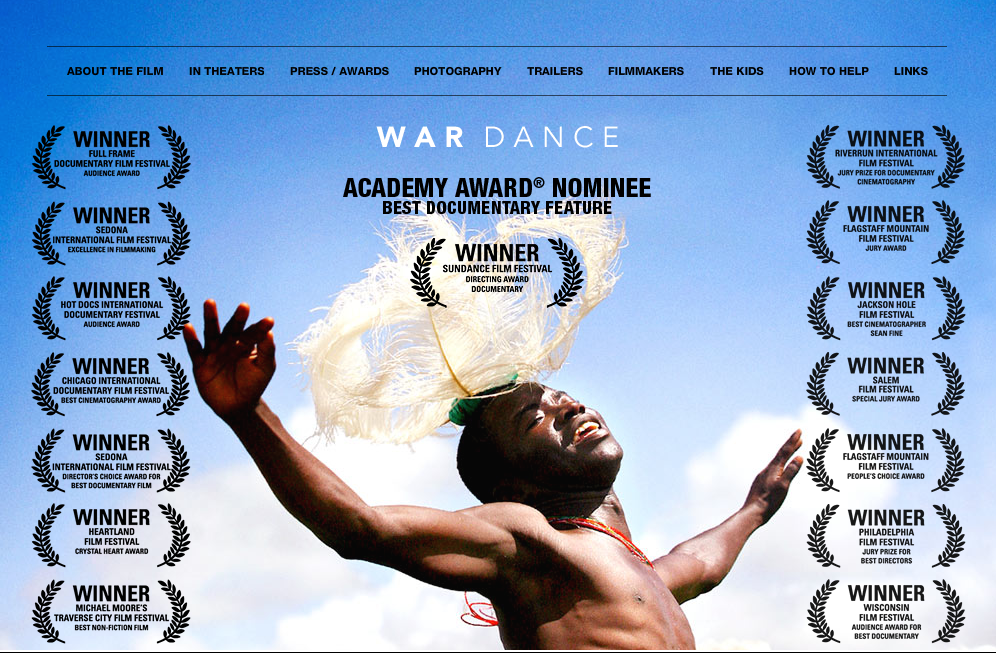
OLBIOS: Your mission at Grameen Foundation is to empower the world’s poor to elevate themselves out of poverty, using innovations in mobile money platforms and mobile data for decision making, among others. What can you tell us about the success of these approaches so far?
Steve Hollingworth: the Grameen Foundation was inspired by the groundbreaking work of the Grameen Bank and Prof. Muhammad Yunus. We believe we can successfully address poverty and hunger by empowering women with access to information and providing financial services which expand their opportunities to control resources, impact household and community decisions, and grow their own agency and self-confidence.
Digital financial service and digital data are new tools for impacting these outcomes. At Grameen Foundation we have trained and supported over 505,000 technology-enabled Community Agents who impact over 28.6 million direct clients with a wide range of financial, agricultural, health and alternative energy services. This is done though our own social enterprise networks and through the social enterprise partners we support in over 25 countries.
O: How did the Grameen Foundation’s strategy evolve over time?
SH: We are on the verge of the 5th industrial revolution, which is also called “the internet of things”. Tens of billions of devices are linked to the internet. The potential for us to expand information, services, and support to the poorest people on earth and to develop a tailored, nuanced understanding of the needs and opportunities of the poor using these tools is just being understood.
Microfinance was based on providing credit in a paper-based way. The data revolution and mobile money platforms create the potential to service a much wider group of the world’s poor more cost effectively, and we are striving for this to be done more ethically. Traditional microfinance services are used by nearly 200 million direct clients. There are currently over 1 billion registered mobile money accounts globally. This offers the potential for large scale, reduced-cost delivery of greater financial inclusion and a wider array of services to the poor based on better data.
We recognized about 10 years ago that mobile phones in the hands of the rural poor create big opportunities for development. Our early work was in applying technology to microfinance organizations through enterprise systems such as MIFOS. That work grew to developing Client Relationship Management (CRM) platforms. TAROWORKS is the most successful of these platforms. These platforms allow for the push and pull of information to clients, to field workers, and to project and social enterprises to improve decisions based on data to all actors (clients, field workers, supporting social enterprises, financial service providers, etc.)
Grameen’s people plus technology model preserves the community links of trust and self help and creates new tools to address poverty. Our Community Agents are vital intermediaries supporting their community members to understand the benefits and pitfalls of technology solutions. They are also key to expanding these new tools in order to empower poor women.
O: You use a ‘People and Technology’ approach, designing human-centered digital finance and farming solutions to help poor people in developing countries tap into their own abilities. You then recruit and train some of these people, mostly women, to become Community Agents. Can you tell us more about the importance and the impact of this process, especially on the people directly involved?
SH: Critical to the success of the Agents is that they are trusted by their local community. Oftentimes, local women who have come up through the microfinance groups are the most logical candidates. The training they undergo helps them to manage the app, the data, and the transactions. Grameen has a number of in-person and virtual modules to train and support Agents. The selection process and the training places high importance on the interpersonal skills of the Agent and helps to develop their client relations skills, sales skills and community development skills. The Agent is much more than just a mobile money agent. They support the community in financial services and advice, small business development, agricultural and health, depending on local needs and priorities. And the empowered Agents become microentrepreneurs themselves, earning income to support their own families.
O: The Poverty and Shared Prosperity Report 2020 (PSPR 2020) reported that COVID-19 was likely to push between 88 and 115 million people into extreme poverty—those living under $1.90-a-day—around the globe in 2020. This is expected to rise to a staggering as 150 million by 2021, depending on economic contraction. What is to be done about this at the individual or collective level?
S.H. : There are dire warnings emerging about the challenges the poor will face due to the impacts of COVID 19 on global health, economic crisis and increased hunger and food insecurity. It is clear these interlocking crises will increase global mortality and morbidity, will have a crippling impact on local and global economics, and will disproportionately impact the poor. India has lost 130 million jobs. Nigeria has seen a reduction in GDP of over 40% as a result of the COVID emergency. Estimates, which vary and are unclear, forecast a loss of work for one-third of all global employment, an increase in acute malnutrition from 135 million 195 million, and an increase in chronic food insecurity by an additional 250 million persons on top of 850 million who are already chronically food insecure.
The message is clear: A grave global crisis is emerging. The key point is that the poor will be most impacted. The impacts on sectors and food supply chains will be variable, with some more resilient than others. From a food security point of view, staple consumption will increase and there will be a reduction in balanced diet. The challenges to food chains, which are labor intensive, will be greatest as a result of the impacts on depressing prices and the fact that labor will be more variable due to lockdowns, restricted movement and the health impacts of the disease.
Vital to helping the poor become more resilient to the crisis will be stimulus programs, enhanced safety net programs, supply chain support, ensuring liquidity in pro-poor financial markets, digitizing the economy, and assisting availability and access to food. The world also needs to ensure there is an equitable approach to vaccinations in order to ensure the poor are not left out.
O: You have set a goal of reaching 25 million people by 2025. So far, you’ve reached 13 million. Who or what are you relying on to help you achieve this mission?
We have a small staff of approximately 100 persons. We currently work with over 155 partners and they, along with our own programs, are our outreach platforms. In addition to this, our primary focus is to create and help develop social enterprises which are sustainable outside of the project framework. Historically the social enterprises we have started continue their work and they currently support 690 partner organizations and social enterprises. These have an outreach of over 21 million clients. We also support these enterprises through our Bankers without Borders (BwB) program. So far 278 organizations and social enterprises have benefited from the technical support of BwB experts, and they continue to grow and thrive. This is our network for accomplishing scale and impact.






